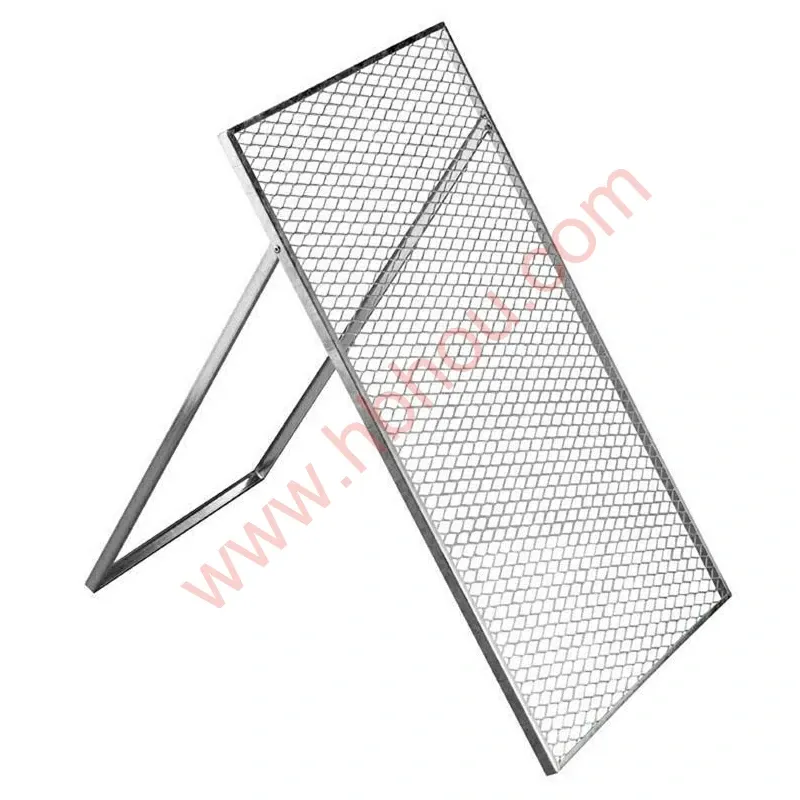Setting Fence Posts in the Rain A Practical Guide
When it comes to outdoor projects, the weather can often play a significant role in determining your success. Many would shy away from setting fence posts during rainy conditions, preferring to wait for clear skies. However, with the right techniques and preparation, setting fence posts in the rain can be manageable and even fruitful. In this article, we will explore the essential steps, considerations, and tips for effectively setting fence posts in wet conditions.
The Importance of Timing
True, rain can complicate outdoor projects, yet waiting for the perfect sunny day isn’t always practical, especially in regions where rain is frequent. If your project timeline is tight, understanding how to set fence posts in the rain may be crucial. Before starting, always check weather forecasts to gauge the intensity of the rain. Light to moderate rain should not deter you, but heavy storms may pose safety risks and complicate the setting process.
Preparing the Site
Preparation is vital when setting fence posts in the rain. Start by clearing the area around where your fence posts will be planted. Make sure to remove any debris, rocks, or old fencing that may hinder the installation. Use a post hole digger or an auger to create holes for the posts. In the rain, the soil becomes softer, making it easier to dig but also more prone to collapsing. Consider digging your holes slightly deeper and wider than usual to allow for drainage.
Choosing the Right Materials
When working in wet conditions, selecting the appropriate materials can make all the difference. Use treated lumber for your fence posts, as it is more resistant to moisture and rot. Concrete is often used for anchoring fence posts, but it can take longer to set in wet conditions. One solution is to use a quick-setting concrete mix that can cure even in damp environments. Always check the manufacturer’s recommendations for the curing time under wet conditions.
Post Installation Techniques
setting fence posts in rain

When you are ready to install your posts, place them in the holes you’ve dug, ensuring they are level and plumb. Use a brace or stake to hold each post in place, preventing it from shifting during the pouring of concrete. Begin pouring your concrete mix around the post, making sure it is evenly distributed. In rainy weather, it’s also wise to create a slight mound of concrete around the base of the post to help water run away from it, reducing the chance of rot over time.
Dealing with Water Accumulation
One of the challenges of setting fence posts in the rain is the accumulation of water in the holes. To mitigate this, consider digging drainage trenches around the post holes to redirect excess water away. Alternatively, before pouring concrete, fill the bottom of the hole with gravel to help with drainage. This will not only provide a stable base for your post but also minimize standing water around the post that could eventually lead to decay.
Post-Installation Care
Once the posts are set, monitor them closely, especially in the days following the installation. Make sure to check that there are no signs of excessive movement or erosion caused by heavy rains. If you notice any shifting, you may need to reinstate the concrete or add additional support.
Lastly, allow the concrete to cure for the time outlined on the packaging, taking into account that cooler, humid conditions might extend the setting time.
Conclusion
Setting fence posts in the rain is undoubtedly challenging, but it can be accomplished with proper planning and execution. By taking the right precautions, opting for suitable materials, and following best practices, you can ensure your fence remains sturdy and functional despite the weather. Remember, sometimes it’s the dedication and willingness to adapt that lead to the most satisfying results, even in less-than-ideal conditions. So don your rain gear, grab your tools, and make that fence project happen—even if the skies are grey!
















